By Damion Dick
You have already done the research to find out the features you want for your cameras. Now you just have to determine where you want to put the cameras to get the most out of them. This is where this guide comes in. We will show you the best places to install your cameras in your home or business. Let’s go.
House & Home
Let’s start with the home.
The first thing you want to cover is your points of entry and exit, for example, Windows, Doors and garage openings.
The best way to cover these is to go from one end of the house, where possible, and using the field of view of the camera begin at the side of the house and then use the rest to cover as far as you can into the yard or open space.
This way you will keep an eye on your entry or exit points and also get the benefit of covering the yard or the garage or driveway.
With regards to garage openings you want to place that camera inside of the garage looking at the entry.
It has two benefits here: to keep an eye on your vehicles if they are parked in the garage just in case someone gets past the perimeter cameras and to check to see if your garage door has been left open accidentally or intentionally.
Another area that is excellent for placing cameras is on the eaves of houses and on the side of the exterior wall along your house. This gives you the benefit of covering the length or breadth of the house as well as the perimeter fencing.
Now you don’t want to forget about those particular areas or regions of interest, for instance, driveways that lead to a gate, whether automatic or manual. You want to see who’s coming in and out, record license plate numbers, occupants of the vehicle, or any other thing of interest that you might want to see. To achieve this you may want to mount it on a pole not too far away from those points of entries, and you would want to use the correct type of camera, mainly a license plate reader or a varifocal bullet camera.
Commercial and Business
Part of the function of security cameras in a business environment is to assist in loss prevention. Cameras need to be positioned at your front door or your back door and places where people go in and out, like freezers or stock rooms, Etc.
Things you want to consider are: where is the light coming from? Are you getting natural sunlight? Is it coming from outside or inside? In front of the camera or behind the camera? This will determine where you place your camera for maximum effectiveness.
Also like homes, business places have large areas to cover so you want to choose the best place; that usually is on the side or in a corner away from the main door.
Or, you may want to have it right in front of the main door so that you can count as people or things go in and out, if that’s your focus.
If it’s just general coverage then you may want to get it to the corners of the building space that you occupy so that you can get that maximum coverage from the wall, where the door is located, to every other area in the field of view.
Critically, for business places, most of them have cash registers or Point-Of-Sale devices.
This is an area where the business suffers loss.
Cameras should be placed directly overhead to capture transactions in real time and we also recommend using a camera with varifocal lens so that you can really dial in the details.
Additionally, look into integrating a POS transaction overlay hardware or software so you can get real time data for transactions on the camera feed itself.
Safes and lock boxes are also areas of interest to keep an eye on at all times, so you should dedicate a camera for that as well, preferably a discreet or hidden camera or just place it in the corner of the room or where its view will not be obscured so as to capture all movement within the space.
Conclusion
These recommendations, if used right, can help you find the right placement for your security cameras.
If you found these useful then share.
If you have any suggestions then leave them in the comments.
Don’t forget to like and subscribe to our Youtube channel for more content like this.
